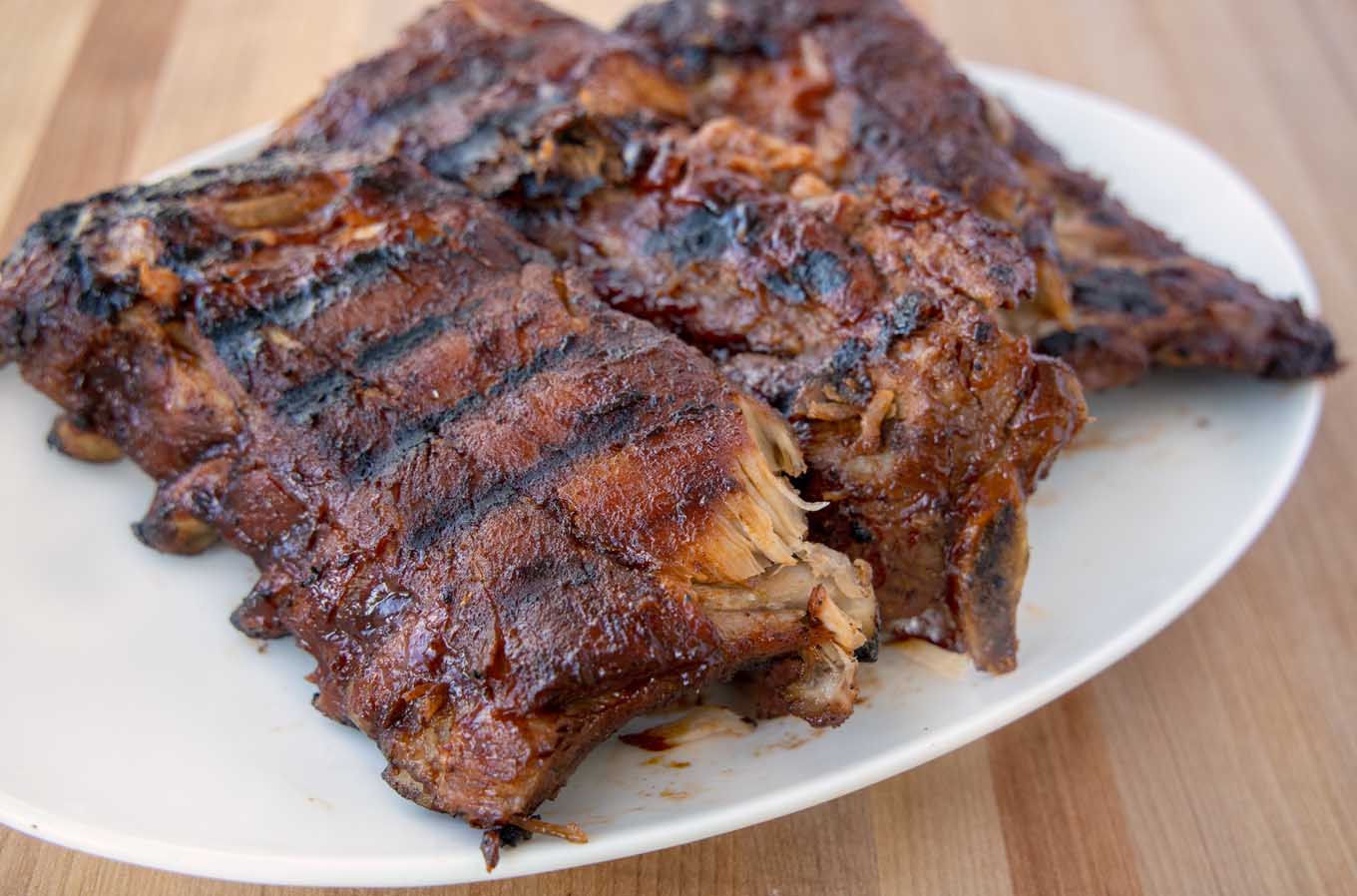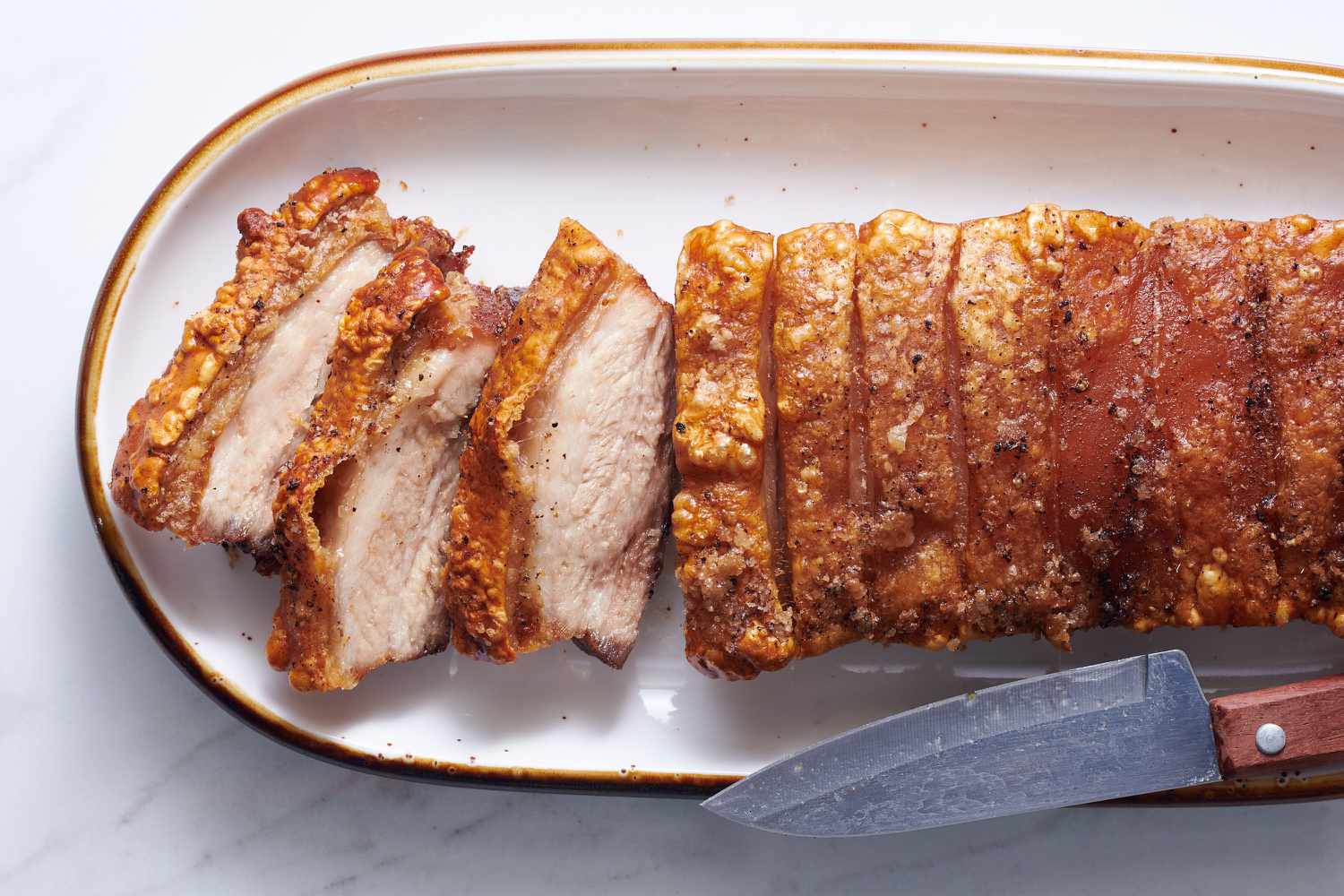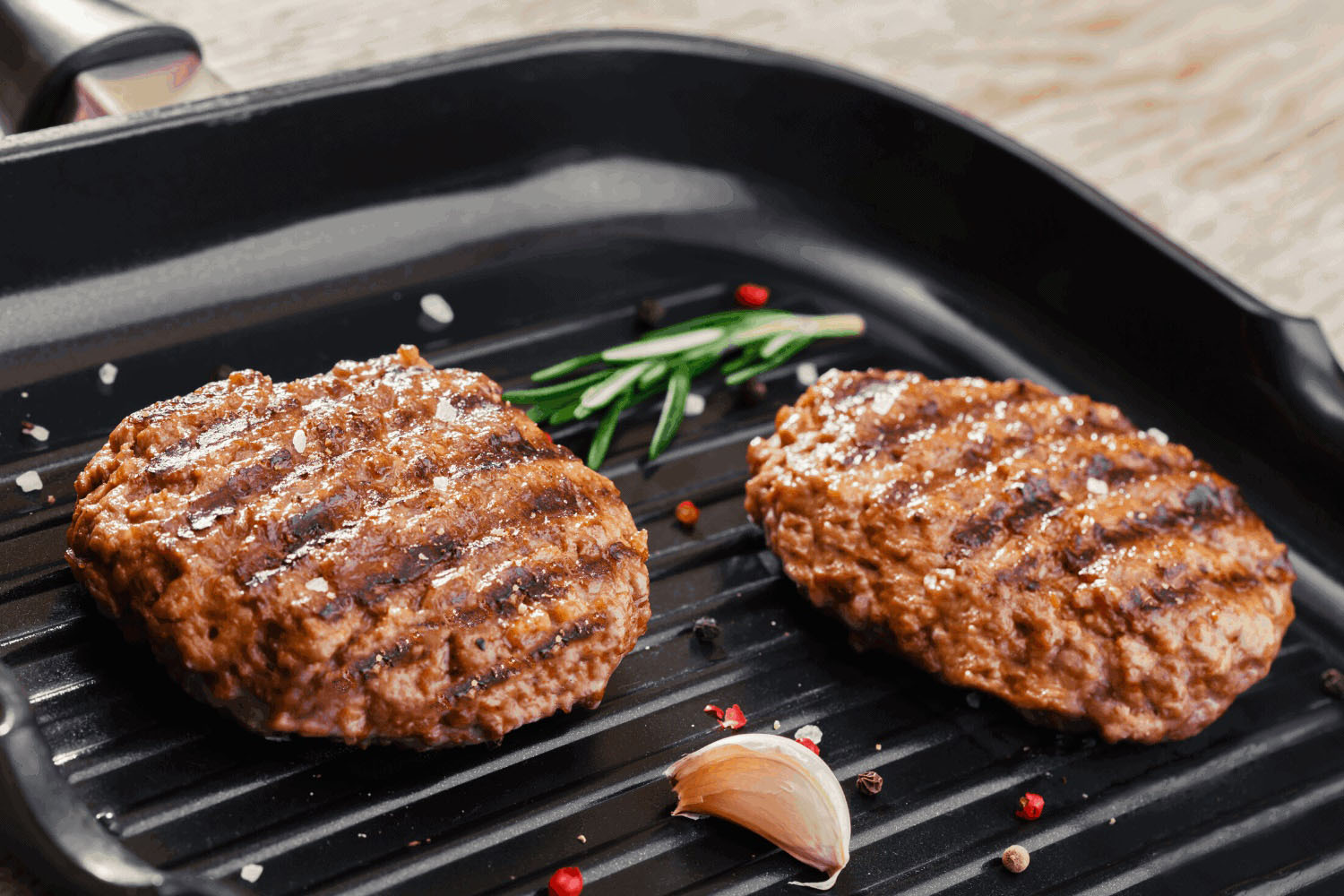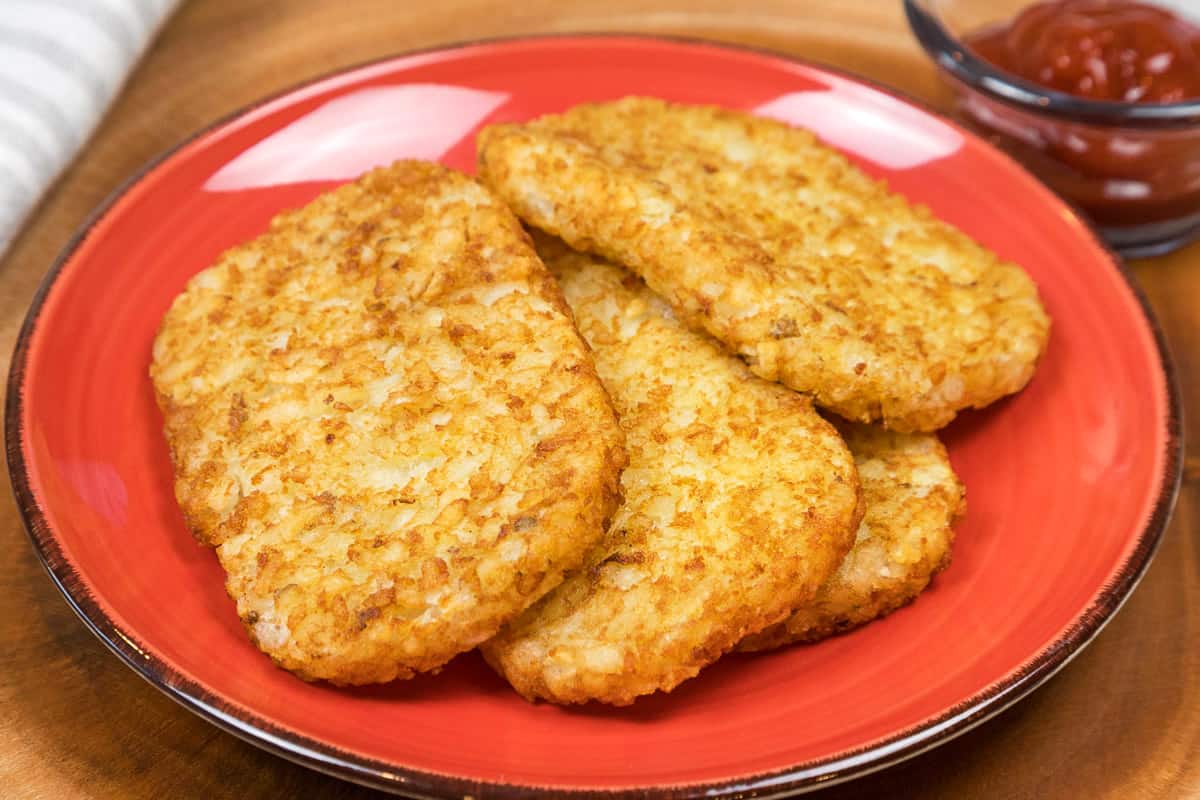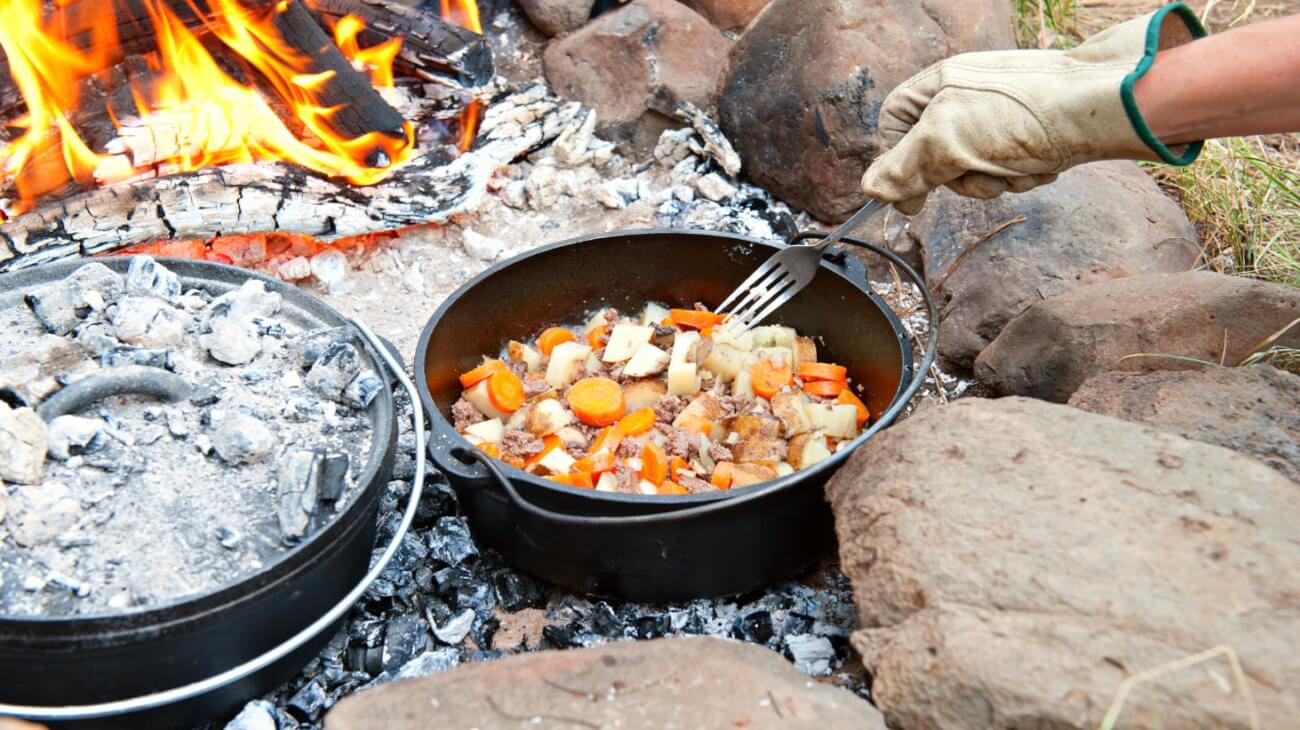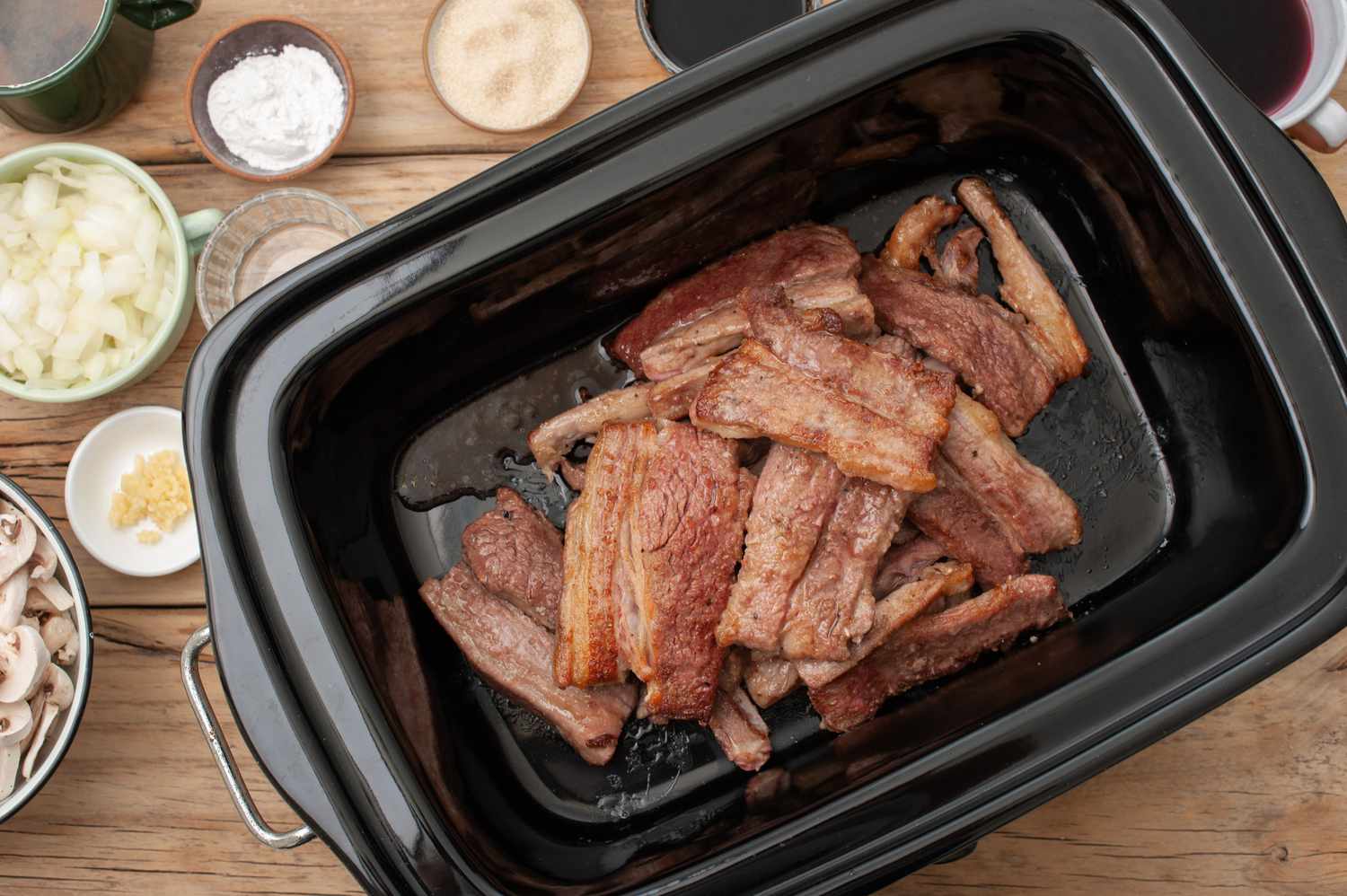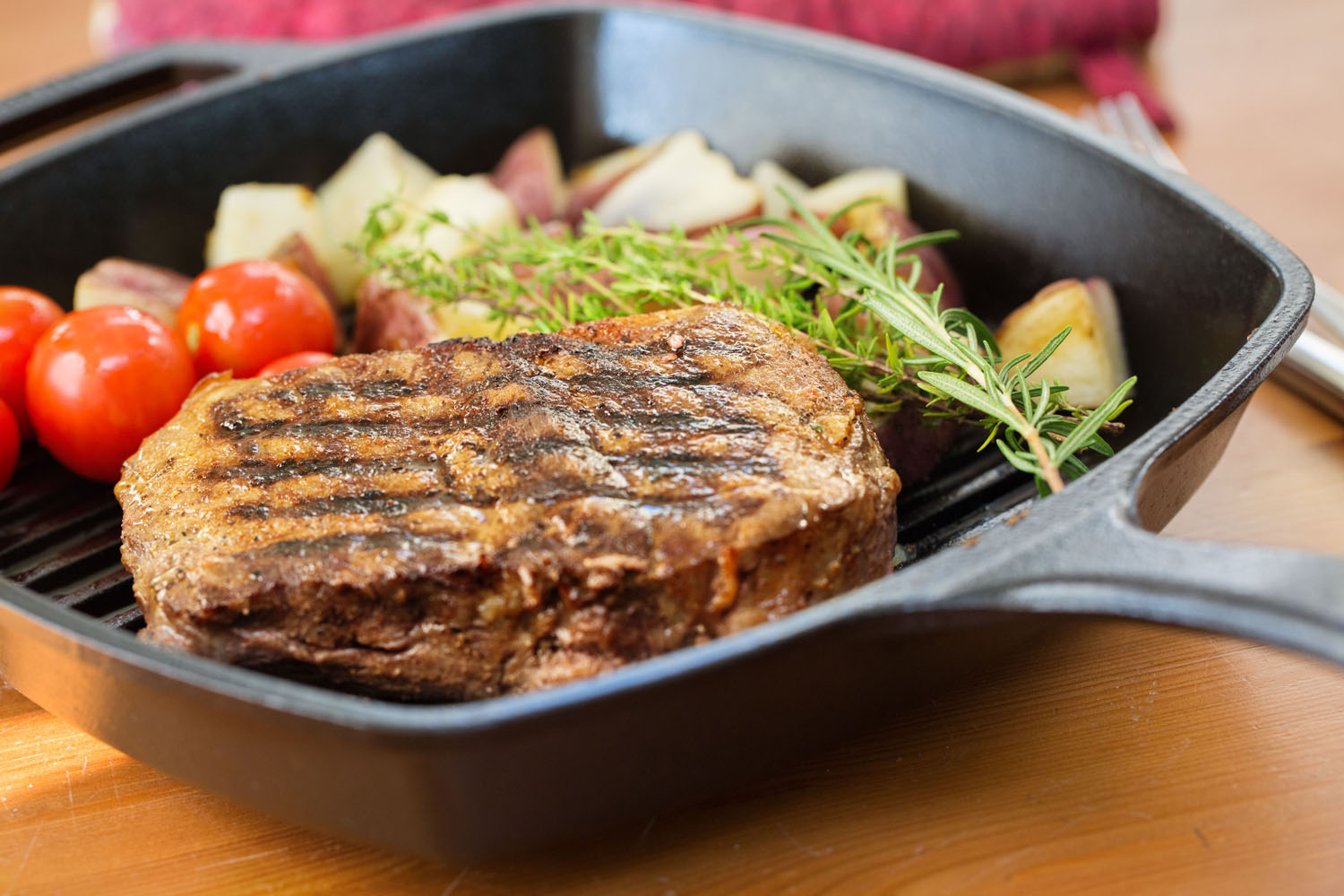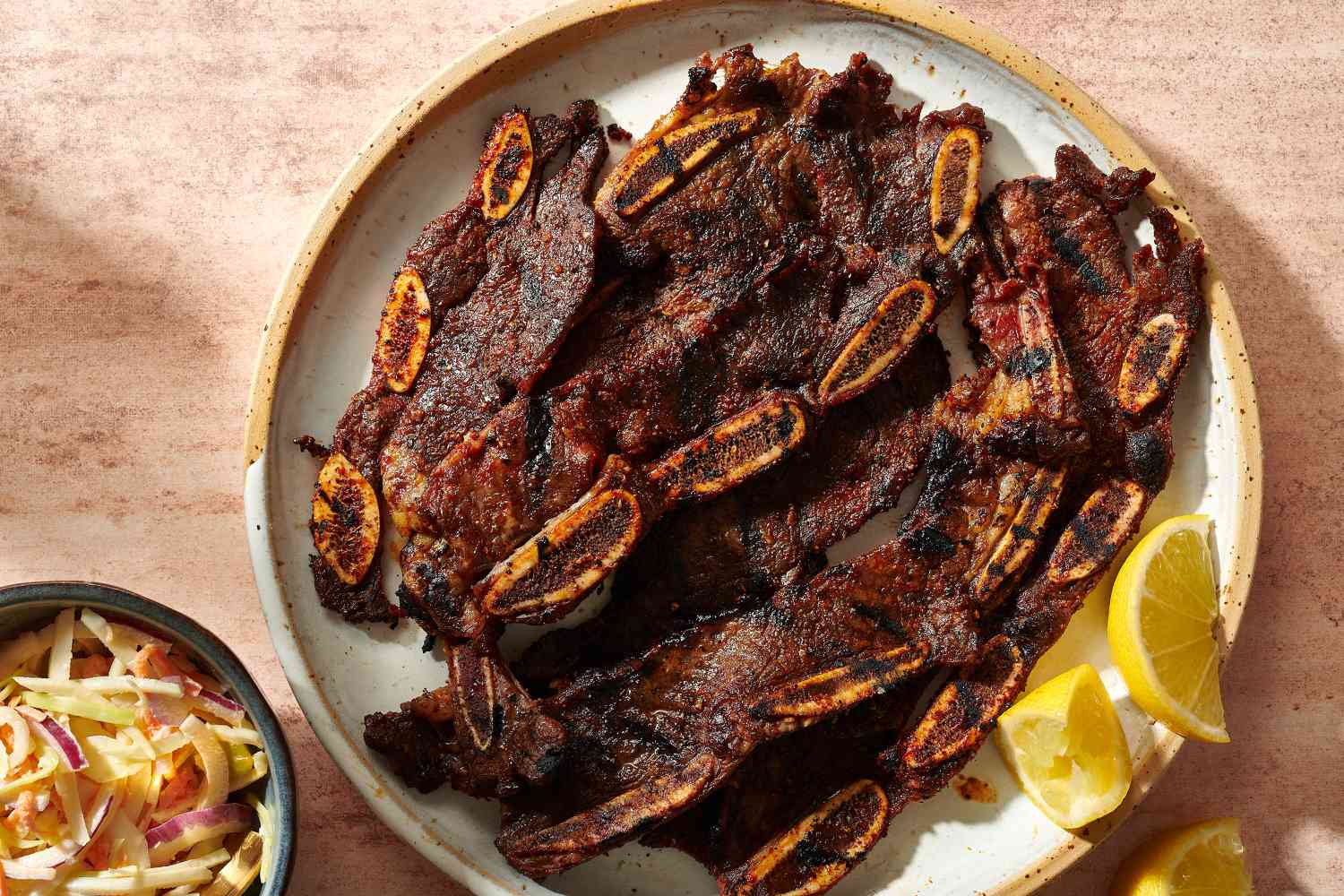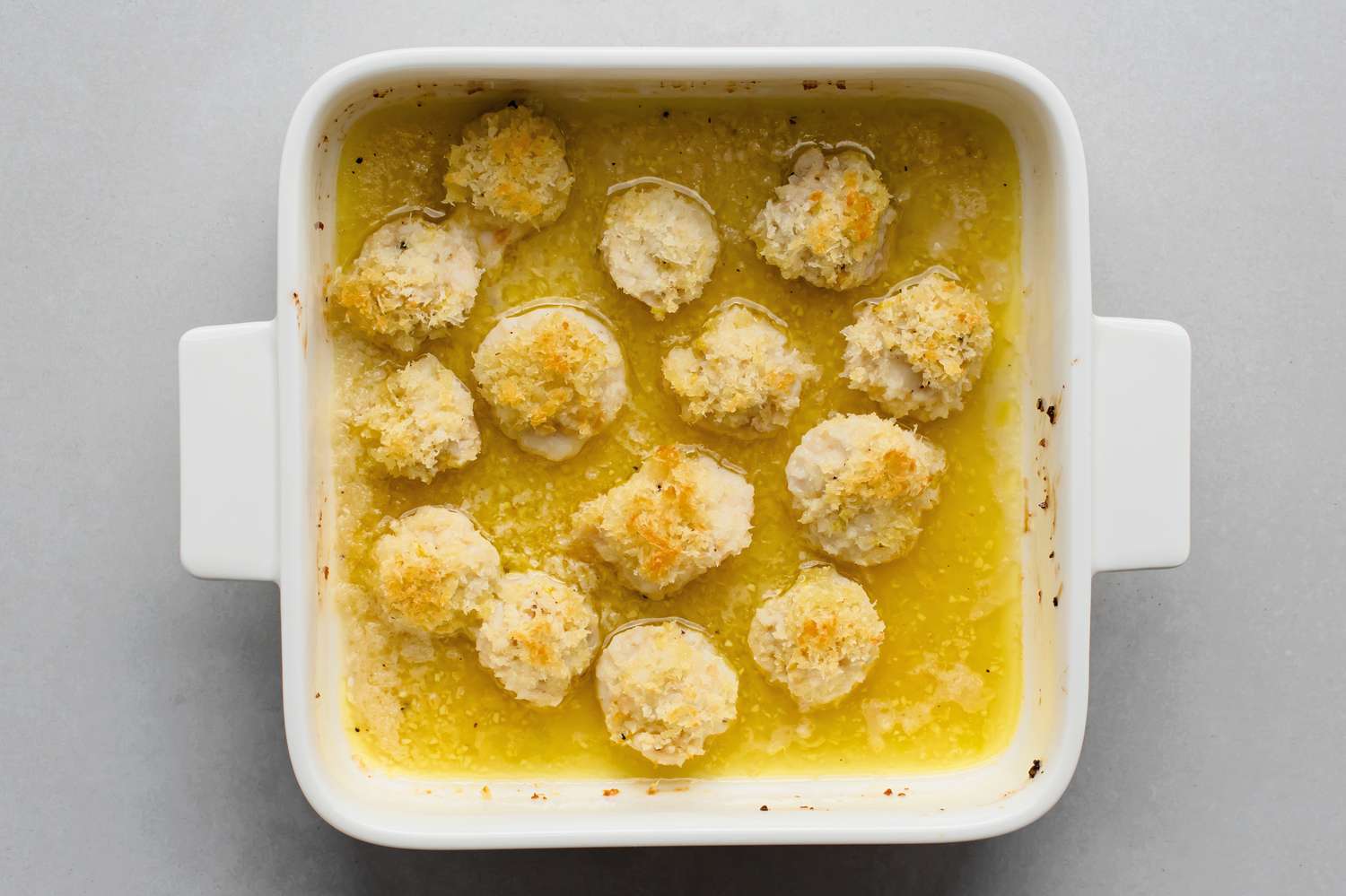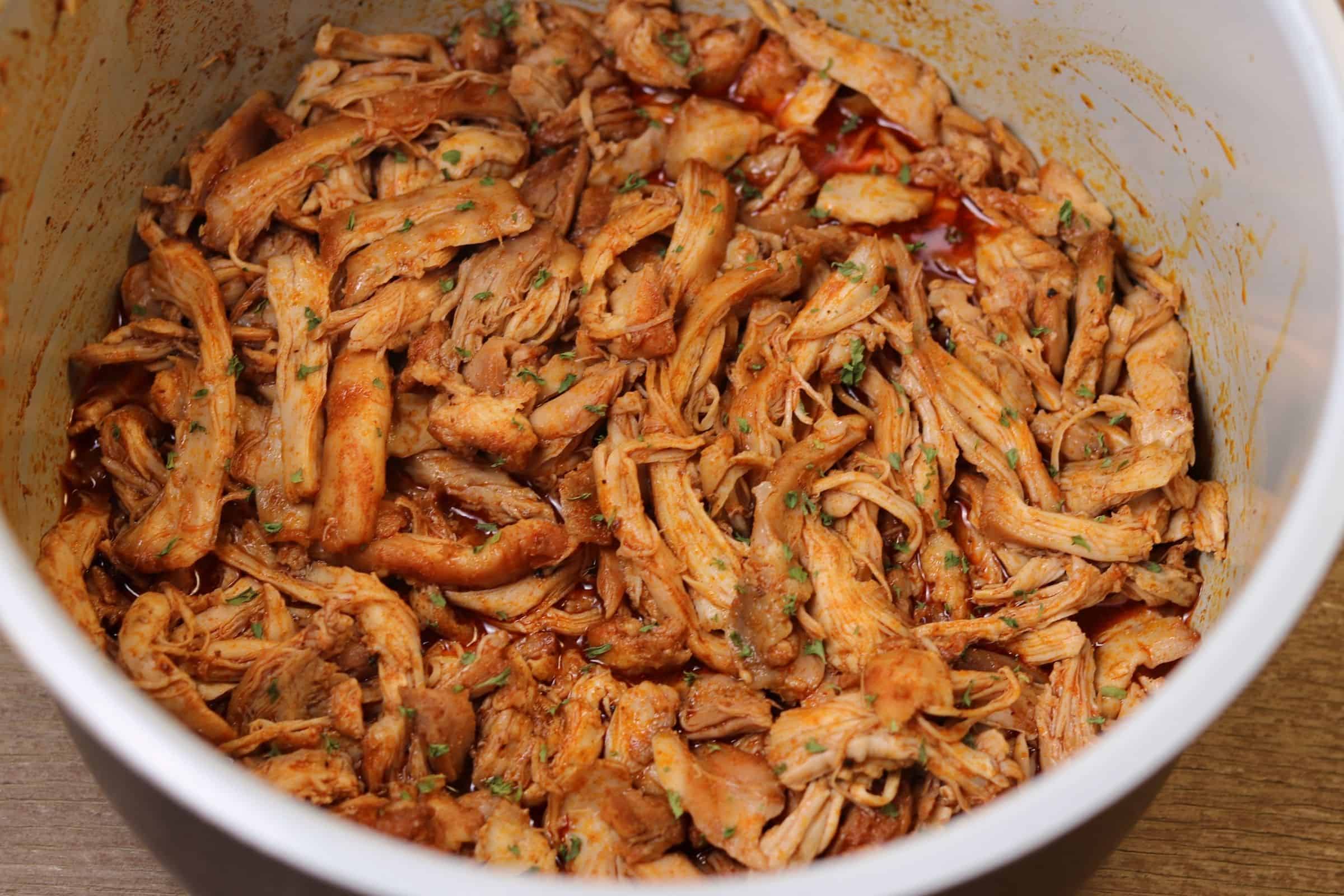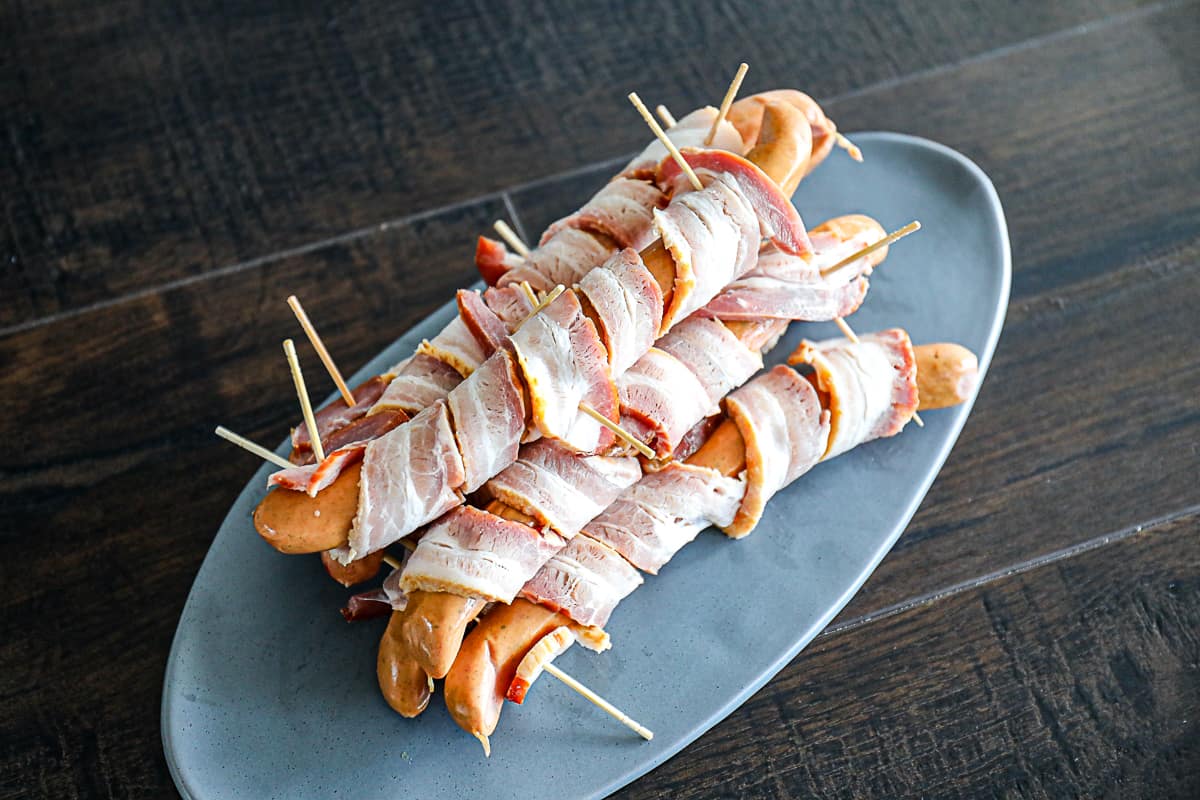How To Cook Noodles
Cooking noodles is a skill that everyone should have in their culinary repertoire. Whether you prefer a warm bowl of comforting ramen or a refreshing plate of chilled sesame noodles, mastering the art of cooking noodles will allow you to create delicious and satisfying meals in no time. In this guide, we will walk you through the steps to cook noodles perfectly every time.
1. Choose the Right Type of Noodles
There are various types of noodles available, including spaghetti, udon, soba, rice noodles, and more. Each type may require different cooking times and methods, so it’s essential to select the right type of noodles for your dish. Refer to the package instructions for specific cooking recommendations.
2. Boil Water
Fill a large pot with water and bring it to a rolling boil. Adding a pinch of salt to the water will enhance the flavor of the noodles.
3. Add Noodles to the Boiling Water
Slowly add the noodles to the boiling water, stirring gently to prevent them from sticking together. Make sure there is enough space for the noodles to move around and cook evenly.
4. Cook Until Al Dente
Cook the noodles according to the package instructions, usually between 7 to 12 minutes. Taste a strand of noodle to check if it’s cooked to your desired level of firmness. Noodles are typically cooked until “al dente,” meaning they are still slightly firm when bitten.
5. Drain the Noodles
Once the noodles are cooked to perfection, carefully drain them in a colander or use a slotted spoon to remove them from the boiling water. Rinse them with cold water to stop the cooking process and prevent them from becoming mushy.
6. Toss with Sauce or Seasoning
Transfer the drained noodles to a bowl and immediately toss them with your preferred sauce or seasoning. This could be anything from a simple garlic and olive oil dressing to a rich soy-based sauce for Asian-inspired dishes. Ensure that the noodles are evenly coated for maximum flavor.
7. Garnish and Serve
Add your choice of garnishes to enhance the visual appeal and taste of your dish. Fresh herbs, toasted sesame seeds, sliced scallions, or chili flakes are great options. Serve the noodles hot, warm, or chilled, depending on your recipe and personal preference.
Now that you know the basics of cooking noodles, embrace your creativity and experiment with different ingredients and flavors. From traditional Italian pasta dishes to Asian-inspired stir-fries, noodles can be the star of a wide range of mouthwatering recipes. So, grab your favorite noodles and start cooking up a delicious meal today!
For those looking to hone their noodle-cooking skills, there are a variety of recipes to try that align perfectly with the techniques outlined in the guide. Start with the creamy and comforting Chicken Alfredo Pasta and Classic Macaroni and Cheese, which will help you practice achieving the perfect al dente texture. For those who enjoy a bit of a challenge, the Beef Stroganoff with Egg Noodles and Shrimp Scampi Linguine offer diverse cooking methods and rich flavors. If you're in the mood for something quick and flavorful, Lo Mein and Singapore Noodles are great choices. Each of these dishes not only tastes delicious but also allows you to apply and expand your noodle-cooking skills in different ways.
Was this page helpful?
Read Next: How To Cook Egg Noodles
